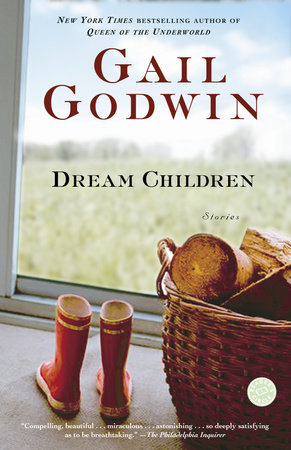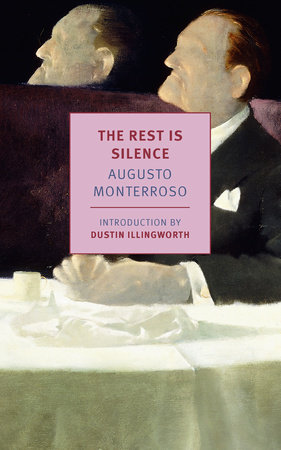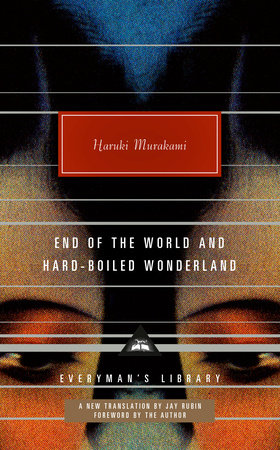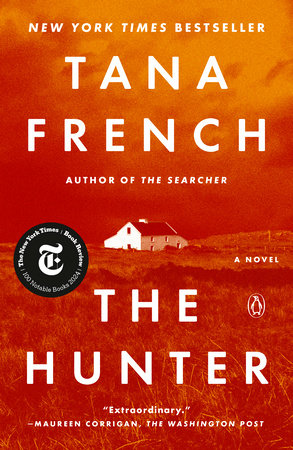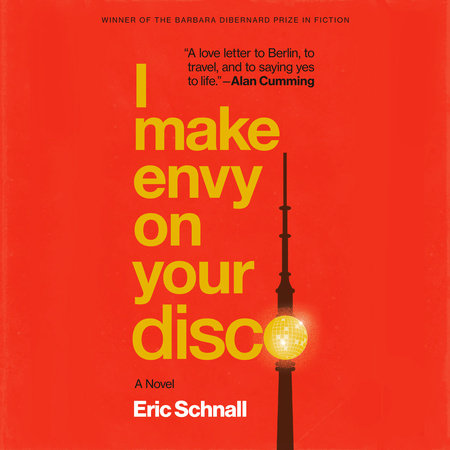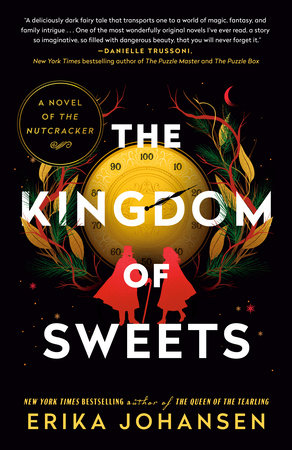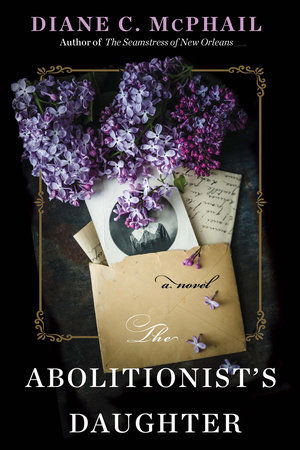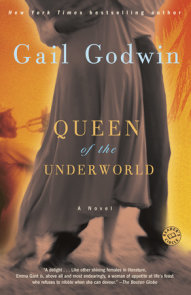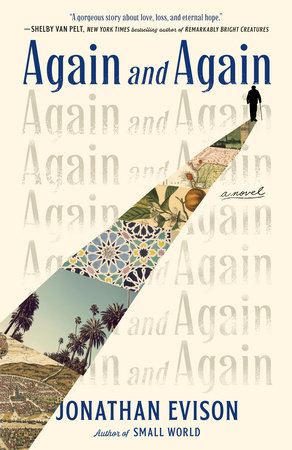Author Q&A
A Conversation with Gail Godwin
Rob Neufeld is the book reviewer for the Asheville Citizen-Times and the director of the Together We Read program in North Carolina. He has collaborated with Gail Godwin in editing her journals, published by Random House as The Making of a Writer.
Rob Neufeld: In Dream Children, you cross a number of boundaries. Is this a book about going far in those directions?
Gail Godwin: Yes. I was exploring the directions in which stories might go if the imagination became as prominent as our functioning selves in our lives. . . . When I began writingthe stories, I was at Iowa [Writers’ Workshop] and knew I was going to go live with Robert [Starer, the composer, who died in 2001]. The story "The Woman Who Kept Her Poet" was based on that. I was already afraid that he was going to die before we got together. When I wrote the ghostly story "Dream Children," I was living in Stone Ridge and he was commuting. I was alone four days a week. I’d never lived in the country, and it was conducive to that kind of thinking. There’s a book that just came out–by Paul Mandelbaum– Twelve Stories and Their Making. He interviewed writers about stories he has liked over the years, and he interviewed me about "Dream Children" . . . I was explaining to him what I thought a good ghost story was and then I got an idea for the novel I’m writing now, The Red Nun.
RN: What was the idea and how did it grow out of your explanation?
GG: All I knew at the time of the interview was that I was going to write a short novel set in a convent school that was haunted by a ghost . . . I also knew that the main energy in the story, for me, would be the psychological interplay between a few girls and their mothers or aunts, who also attended the school, and some of the nuns. The ghost was still on a literal level . . . Then I reminded myself how much I was still haunted or inßuenced by the desires and fears of my predecessors.
RN: Is that the clue to what makes a good ghost story?
GG: The ghost stories I’m interested in are about the unrealized desires and thwarted hopes that haunt the next generation and living people.
RN: Over what period of time did you write the stories in Dream Children?
GG: They were composed between 1966 and 1975. "An Intermediate Stop" was begun for my fiction writing class in London at the City Literary Institute. It went through many drafts and got me into the Iowa Workshop . . . "Sorrowful Woman" I wrote when I was studying with Robert Coover at Iowa. He didn’t always like my stuff ("too much socializing going on, not enough fabulation"), but he loved this. It was published in Esquire after fiction editor Gordon Lish made me remove all the woman’s dreams. "She’s more inscrutable that way," he said. I’m still paying for that one. All these students e-mailing me: What was the woman’s motive? Why is she so inscrutable? It is my most anthologized story.
RN: Which of the stories in Dream Children resonate the most with you now?
GG: "Dream Children." I’m not finished with the subject of ghosts, and I’m not finished with the possibility of people breaking into each other’s consciousness. All that stuff that the wife reads is stuff that I had read, and it helped me develop my thoughts. There’s a sentence in that story when she says to her husband, "Did you ever think that the whole thing is really a miracle [referring to the transmission of television signals] . . . It’s time travel and space travel right in front of our eyes." She wonders about other miracles and asks, "Where do the so-called boundaries of each of us begin and end?"
RN: Isn’t it hard for a writer to explore those boundaries, to push those boundaries, and keep it real?
GG: The Canadians did a movie of "Dream Children" for TV, and it’s been optioned for screenplays a couple of times. Nobody can handle it because nobody gets past the simplistic idea of a haunting . . . I read this quote from Robert Browning’s poem "The Statue and the Bust": "The sin I impute to each frustrate ghost/ Is–the unlit lamp and the ungirt loin."
RN: There are a lot of unlit lamps in our lives.
GG: I know it! There’s probably a quotient to how much each of these paths haunt you when you think about them.
RN: Let’s talk about people breaking into each other’s consciousness. How does one do that?
GG: People often try when they fall in love. In "My Lover, His Summer Vacation," the mistress is trying to be her lover while he’s gone, and she imagines his experiences during his vacation. She almost loses herself in it. Mrs. Wakeley [in "Nobody’s Home"] tries to see her life from a point of view outside herself and walks into her metaphor. In "Indulgences," Adriana tries several things. She takes on the characteristics of Pelagia [a wanton actress who became a sainted monastic]. The funny thing about that story is that I thought it was a huge failure, and yet Robert and I wrote a chamber opera together called "The Last Lover," and it was about Pelagia, and it worked. It premiered at Caramoor [International Music Festival in New York], and CBS taped it. We insisted that the Dorian Quintet–they were all men then–be part of the chamber opera. They walk in playing her music, and Pelagia says to her maid, "That musician reminds me of a man in my past." I thought the story failed as a story because I had two elements going and I couldn’t make them meet. One thing was that her lover wanted a list of her lovers because he’s so frustrated; the other thing was the strange relationship Adriana had with her uncle, illustrating saints’ deaths for him. In "The Last Lover," we put the story in Antioch in the fifth century and didn’t have the ironic distance.
RN: Doesn’t the separation between the two parts of the story allow the reader to figure out the connection? Why does Adriana’s fling with the stranger fall apart at the end?
GG: She’s using him to work out a neurosis of her own, and he’s just the ear. Also, she’s not playing by the rules of the game. In a pickup, to be successful, you have to maintain a certain mystery, and here she is just throwing all this stuff at him. She should have been telling her analyst that.
RN: So Adriana is caught up in her own orbit, and so is Mrs. Wakeley, though she tries to break out of it. The mistresses in "My Lover" and in "False Lights" exercise their empathy well, but it doesn’t help them. In "Some Side Effects of Time Travel," Gretchen and Roxanne try to go beyond themselves and create a third person together. How has this theme of empathy or going beyond one’s own consciousness become such a major one for you?
GG: Ortega y Gasset, in The Revolt of the Masses, a book that forms my heroine’s philosophy in Queen of the Underworld, says that transmigration into other souls is the supreme form of human sport. It means going out of yourself for a moment and transferring yourself to your neighbor . . . or even your enemy. He says the mediocre soul is incapable of this; it mistrusts or hates all that is not itself. I would say the reason I write, the reason I read, the reason I go out and seek the company of others is because this is my favorite sport, transmigrating into other souls. The books I love, the people I want to see more of, all share a passion for this sport. I love it when you’re in dialogue with another transmigrator. It’s as if you’re creating more of you as you talk and gesture and show emotions on your face.
RN: Wow. Let’s talk about a few more stories–"Layover." You really cross the line with that one.
GG: Every time you cross the line, it has to be within the consciousness of a character, so you have that one remove. It’s through them . . . I can remember how that story came to be written. In those days I was in Iowa, and I was always traveling, and there were often these horrible layovers in Chicago . . . There’s this whole other world inside the airport when you’re between flights, and I saw it as a metaphor for consciousness. We have layover parts of our consciousness, neither one place nor another, and that’s when the supernatural can slip in or the fantasies.
RN: Religion is an important theme in "Dream Children"– the regret for the loss of ritual with Vatican II in "Some Side Effects of Time Travel," "An Intermediate Stop," of course, and even Nora’s ritual at the end of "Notes for a Story." Are religious rituals of some sort necessary for living a good life?
GG: The young nun in the book that I’m writing–she’s only twenty-four–she’s just come from Boston. Her prayers are in this book as part of her consciousness. They’re very direct. She’s addressing the master blueprint of herself, and she’s saying, "Help me not to be overwhelmed. I don’t have to make judgments yet. Give me kindness and discernment until I can sift what is urgent for me to do my job well from what’s interesting or shocking." By putting her wishes into words in her prayers, she makes herself more conscious of what God wants from her or with her.
RN: How did you come to write "Notes for a Story"?
GG: I had the material for this story but couldn’t find a way into it. Then I remembered, while I was at the Iowa Writers’ Workshop, a gifted young poet [Patricia Hampl, the memoirist] asked me to give her "exercises" in writing stories. She was a quick learner. She had this one experience–going to visit her boyfriend serving a prison term for refusing the draft–and it was powerful, and she wanted to make a story out of it, but how? I said, do this: write it as notes for a story. Don’t start the story, just begin writing, "I have this story I want to tell. The girl is going to visit her boyfriend in prison. There’s the bus trip. The girl might be thinking . . ." But don’t go into your story-writing mode, I told her. Just make the notes. Patricia ended up with a great story told in note form. Later I realized I could do this with Nora and Catherine and Rudy. I could use my own teaching exercise on myself. It was a way to sneak into some very troubling what-ifs dealing with dark materials.
RN: How do you see a realistic character dealing with dark forces?
GG: You have to set up some kind of exchange with–let’s call her Ms. Dark–so that you can penetrate her consciousness, why she’s doing what she’s doing. (Why did Macbeth do what he did? What was Dracula’s deepest motivation?) You might have to draw her picture, imagine and then use her perfume, construct a history for her so you can sneak beneath her skin and know where she came from. I’ll give a personal example. Recently, I dreamed there was a girl on the loose, a girl who bit men’s heads off. I was back at the newspaper in Miami, and the editor assigned me the story. I said, "This is difficult, but you’re right, I’m the one to do it." The unspoken knowledge was: I have some of her in me.
